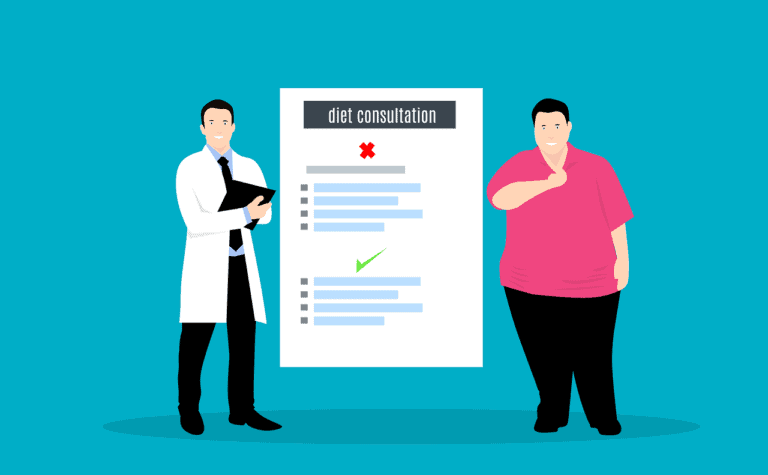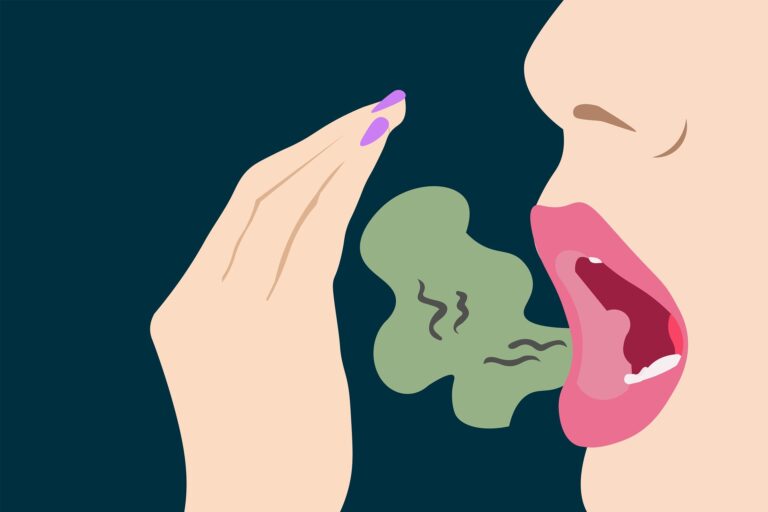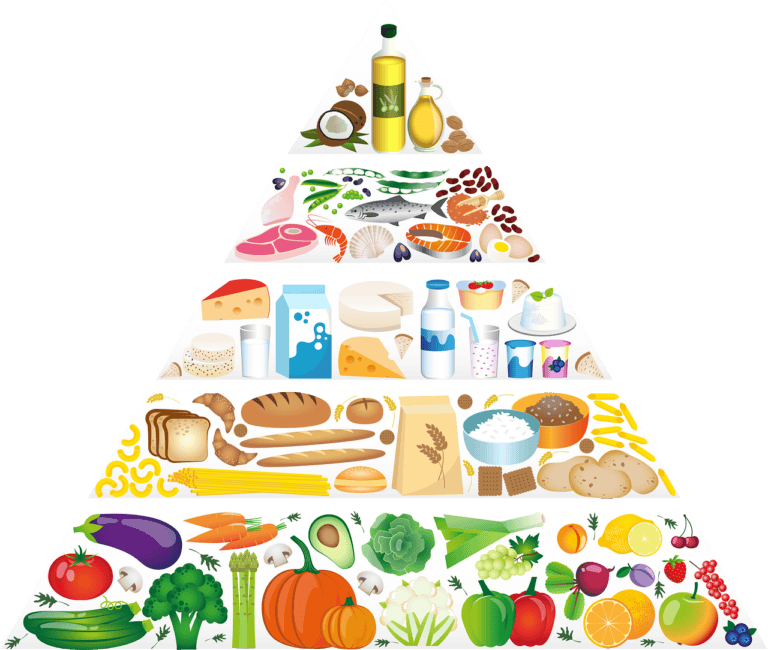Have you been feeling anxious and depressed? Have you been eating a lot of French fries? The food you’re eating could be the source of your problem.
A new study shows that fried food, and French fries in particular, could be responsible for mental health issues.
The Fried Food – Mental Health Connection
A study conducted at the St. Louis School of Medicine at Washington University revealed that fried foods could be a source of anxiety and depression due to the presence of a contaminant called acrylamide.
Acrylamide is known to cause neuroinflammation and disrupt lipid metabolism which has a negative impact on mental health. The chemical is especially likely to appear when potatoes are cooked at high temperatures.
Another study, conducted by researchers in Hangzhou China found similar results. The PNAS research team followed 104,728 participants on a fried food diet, especially rich in deep-fried potatoes, over a 10-year period. The subjects reported a 12% higher risk of anxiety and a 7% higher risk of depression.
The Reasoning Behind it
The relationship between food and mental health has long been documented. But Rohini Bajekal, a nutritionist and board-certified lifestyle medicine professional at Plant-Based Health Professionals states the connection is more complex than you might think.
“The results of this study are in line with what we would expect to see and are further confirmation of decades of research showing that fried and unhealthy foods in the standard Western diet increase the risk of common chronic diseases and mental health conditions,” Rohini says.
Fried foods cause inflammation in the body which leads to feelings of anxiety and depression. They also lack fiber, healthy fats, and phytonutrients which contribute to a positive mood.
Previous Studies
Megan Hilbert, a registered dietician at Top Nutrition Coaching referred to a SMILES Trial 2017 study that found improvements in participant’s mental health after following a non-inflammatory diet for 12 weeks.
“A lack of these compounds can cause a breakdown in how the gut and the brain communicate with each other,” Hilbert stated. “Upwards of 90 to 95% of our serotonin is made in the gut, and so it’s hypothesized that imbalances in our gut microbiota influence the production of these neurotransmitters, which in turn, impacts our mood negatively.”
The Solution
If the thought of not eating the foods you loved is making you, well, depressed, you might try different methods of cooking. Bajeckal suggests poaching, stewing, steaming, boiling, and air frying.
If you must fry, you may yield healthier dishes by using different oils. Avoid high-fat oils like coconut and palm oil. Opt for extra-virgin olive oil, avocado oil, or rapeseed oil instead. What dietary changes will you be making to improve your mood?










